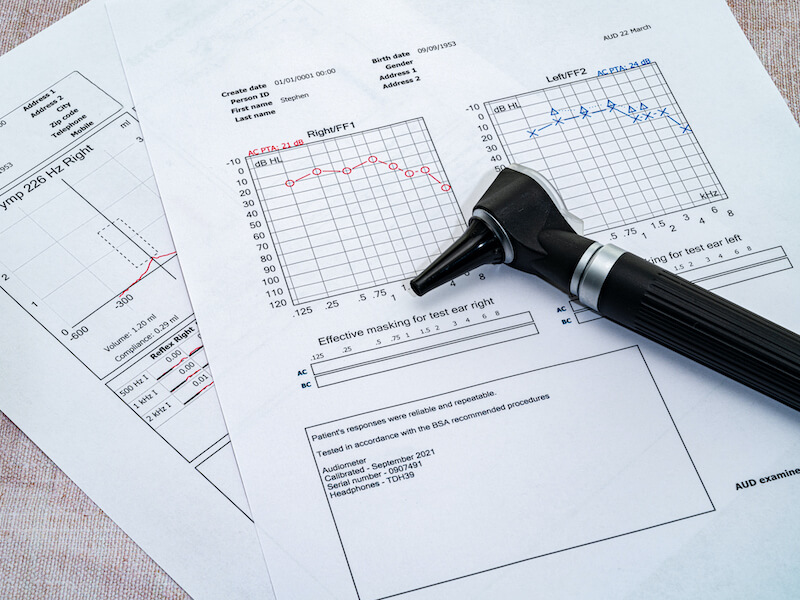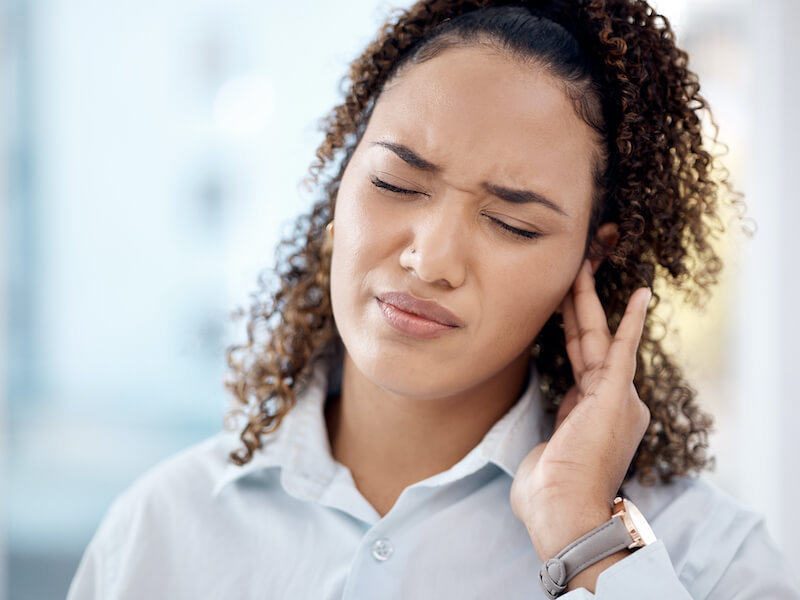Let’s say you want to order a pizza. You’re an individual of simple taste, so pepperoni is your go-to topping. The process is simple: you pick up the phone, you tell the teenager at the pizza place what you want, and you wait for that delivered cheesy goodness. But if you have a hearing impairment, there’s a sudden complication in that so-called simple process: a simple phone call isn’t so simple.
Speaking on the phone, after all, can be a fundamental part of some typical and vital day-to-day interactions.
Phones for the hearing impaired
If you’ve been diagnosed with hearing loss or have a documented hearing impairment, you may be eligible to receive a free phone that transcribes what the caller is saying. These phones often also offer amplification so you can hear better while reading the captions or transcription of the conversation. There are several different models and services available, and it’s even available on smartphones.
If you’re interested in this technology, the first step is to get a hearing test and see whether you’re eligible. Most hearing aid specialists can provide the documentation necessary to get one of these phones.
Text-relay services are also an option and have been around for decades now. You call a special number, and a real live person connects you to your intended phone call destination. You type what you want to say, the “operator” (for lack of a better term) speaks those words for you, and then types in the response.
From job interviews to doctor’s appointments to interactions with government agencies, the telephone can be a vital tool–and it’s one that, thanks to this phone technology, might be getting easier than ever to use.
Apps for the hearing impaired
There are many really useful apps for the hearing impaired, such as Google Live Transcribe, Ava, RogerVoice, Voxsci, Sound Amplifier, Subtitle Viewer, and TapSOS.
Google is also working on an app called Live Relay. It works like this:
- Once on a phone call, you deploy the Live Relay app (or you use Live Relay to launch a phone call–the precise user experience has not yet been formalized).
- Live Relay will actively listen to what the person on the other end of your call says and translate it into text (using basic talk-to-text technology already in your phone).
- You will then be able to type in your response.
- Live Relay will read your response aloud to the person on the other end of your phone call.
The idea is to provide a hearing-impaired user with a relatively seamless experience. According to Google, Live Relay will use technology and programming already on the phone–meaning the app won’t need to have internet access to work.
That’s important because you don’t want random internet slowdowns or outages to delay your communication. So, according to Google, everything works on the phone itself–no need for an internet connect (except, you know, to download the app in the first place).
Clearly, it’s also useful for those who are not hearing impaired and want to take a call without speaking (let’s say they’re in a meeting or on a crowded train). If you want to speak more naturally, the other technologies mentioned above might be more useful.
What makes Live Relay so interesting is that it eliminates some of the drawbacks of the older relay system. Communication can lose some of its intimacy when there’s another human doing the translating. With Live Relay, even though a computer is doing the same basic thing, users feel as though the communication is more authentic, or at least private.
Apple, for example, is also experimenting with technology designed to better integrate their Apple Watch design with hearing aid technology. And Google has another app in development designed to assist those with speech impairments make phone calls.
Luckily you don’t have to wait. You can get phone technology now. All you need is a hearing test to get started. Often the specialists who conduct hearing tests can start the process of getting special phones for you that transcribe conversations.



